Table of Content
Even though air and water travel have become more popular, Indian railways and roads remain the most frequently used mode of transportation for the general public. The creation of tunnels, whether for roads or railways, is aimed at making locations more accessible and bringing them closer together.
1. Atal Road Tunnel, Himachal Pradesh - Longest High-Altitude Tunnel Inaugurated on October 3, 2020
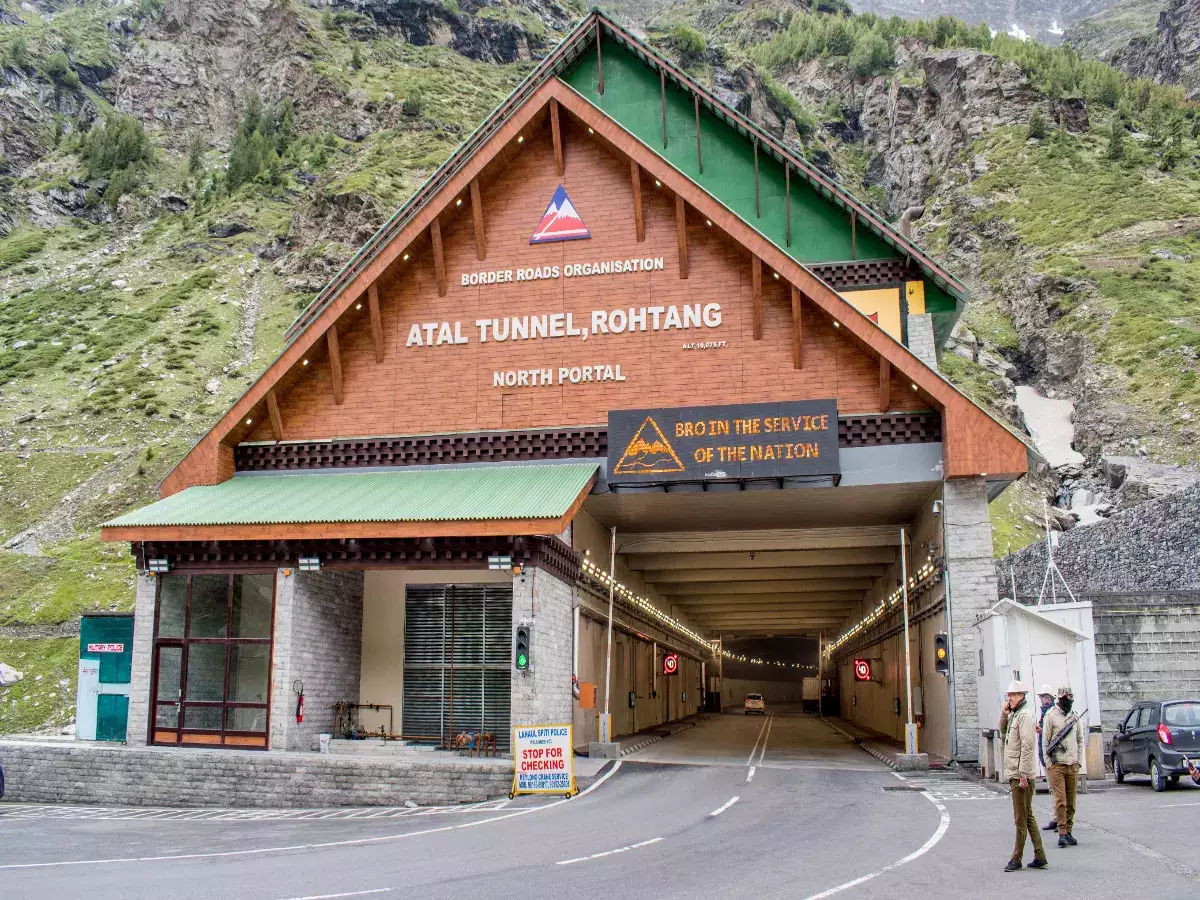
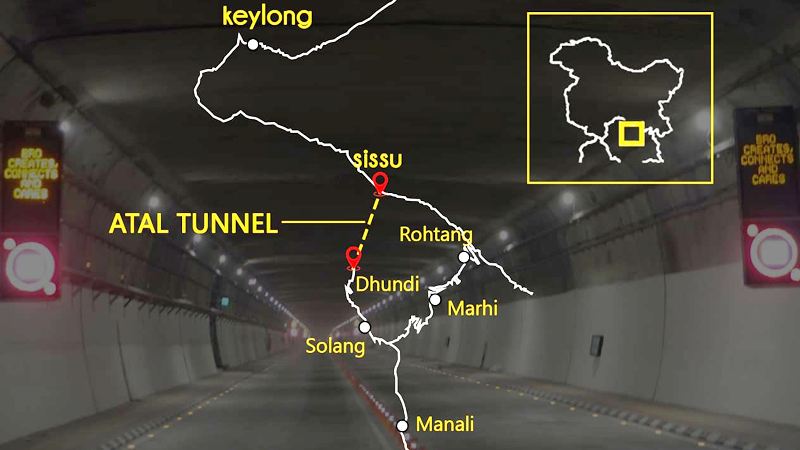
Originally known as the Rohtang Tunnel, the impressive Atal Road Tunnel has been renamed in honor of former Prime Minister Atal Bihari Vajpayee. Construction on this tunnel commenced in 2010 with the aim of reducing the distance between Keylong and Manali by approximately forty-six kilometers upon completion. Situated beneath the Rohtang Pass in the eastern part of the majestic Pir Panjal Range, the Atal Road Tunnel boasts a width of ten meters and sits at an altitude of around three thousand meters. It was inaugurated on October 3, 2020, by Prime Minister Narendra Modi.
Length: 8800 meters, or 5.5 miles, approximately.
Places Covered: West of the Rohtang Pass in the hilly terrain of the Pir Panjal Ranges on the highway that links Leh with Manali. It shall also cover parts of Dhundi as well as the Teling village.
Location: Leh – Manali Highway, beneath the Rohtang Pass, Himachal Pradesh.
2. Pir Panjal Railway Tunnel, Jammu and Kashmir (Longest Railway Tunnel)
.jpg)
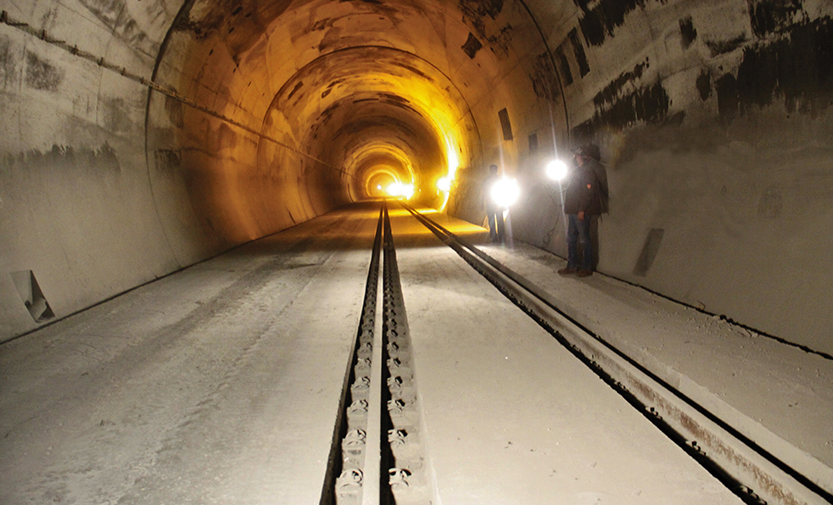
Running through the heart of the Himalayan ranges in Jammu and Kashmir, the Pir Panjal Railway Tunnel, known as the T-80, holds the title of India's longest transport tunnel. Opened in 2013, it has maintained its unmatched status ever since. Elevated at approximately 1800 meters, this single-track railway tunnel stands at a height of about seven meters and spans a width of around eight and a half meters. It takes approximately nine minutes to traverse through this tunnel.
Length: 11,215 meters, or 11.22 km.
Places Covered: Begins at the northern part of the town of Banihal and comes to an end at Hillar Shahabad. It is a constituent of the path that links Jammu to Baramulla, and traverses through places such as Tawi, Udhampur, as well as Srinagar, in between.
Location: Forest Block 185102, Pir Panjal Range, the Himalayas, Jammu and Kashmir.
3. Dr Syama Prasad Mookerjee Road Tunnel, Jammu and Kashmir (Longest Road Tunnel)
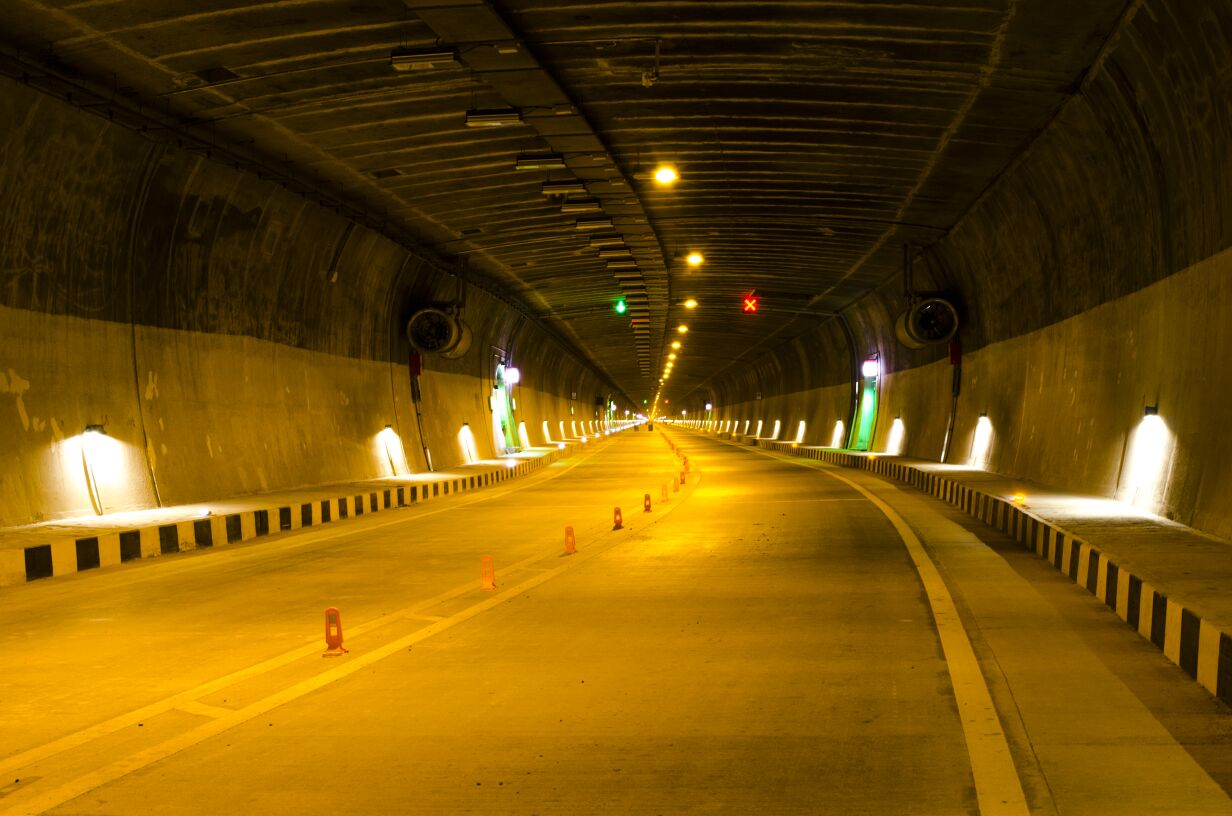
The Dr Syama Prasad Mookerjee Road Tunnel, also known as the Chenani Nashri Tunnel or the Patnitop Tunnel, was opened in 2017. The tunnel is made up of two tubes that run in parallel directions to one another. The main traffic tunnel is approximately thirteen meters in diameter, while there is also a safety tunnel with a diameter of six meters situated alongside it. The Dr Syama Prasad Mookerjee Road Tunnel, situated at approximately four thousand feet above sea level, has effectively shortened the distance between Jammu and its capital from forty-one kilometers to slightly over nine kilometers. Currently, the duration of the journey between these two locations is reduced by two hours compared to the previous time.
Length: 9280 meters, or roughly, 9.34 km.
Places Covered: Starts from Chenani in NH44 and comes to an end at Nashri. In between these two, this tunnel also gives one access to places like Patnitop, Batote, as well as Kud.
Location: NH44 of Chenani, Jammu and Kashmir.
4. Trivandrum Port Railway Tunnel, Kerala
.jpg)
Presently being built, the Trivandrum Port Railway Tunnel is on track to be recognized as India's second biggest railway tunnel. The suggestion to create this tunnel was put forward in order to connect the developing Vizhinjam International Multipurpose Deepwater Seaport to the soon-to-be-built railway network. Expected to be finished in 2022, the Trivandrum Port Railway Tunnel is a section of railway track spanning approximately eleven kilometers in length.
Length: 9020 meters, or 9.02 km.
Places Covered: Balaramapuram Station, which is a part of the railway track that connects Kanyakumari to Thiruvananthapuram and will come to an end in Vizhinjam.
Location: Balaramapuram Station, Kanyakumari – Thiruvananthapuram Railway Line, Kerala
5. Banihal Qazigund Road Tunnel, Jammu and Kashmir

Situated at approximately 1800 meters above sea level, the Banihal Qazigund Road Tunnel is a tunnel with two parallel tubes. These two tunnels are connected to each other through cross passages at regular intervals, having a combined width of fourteen meters. The construction of the Banihal Qazigund Road Tunnel began in 2011 and is anticipated to be operational by 2021, effectively decreasing the distance between Banihal and Qazigund by a minimum of sixteen kilometers.
Length: 8500 meters, or roughly 8.5 km
Places Covered: The Tunnel would two cities of Banihal and Qazigund, along with the places in between
Location: Pir Panjal Range of Jammu and Kashmir.
Also Read: Fresh infrastructure development initiatives in Jammu and Kashmir




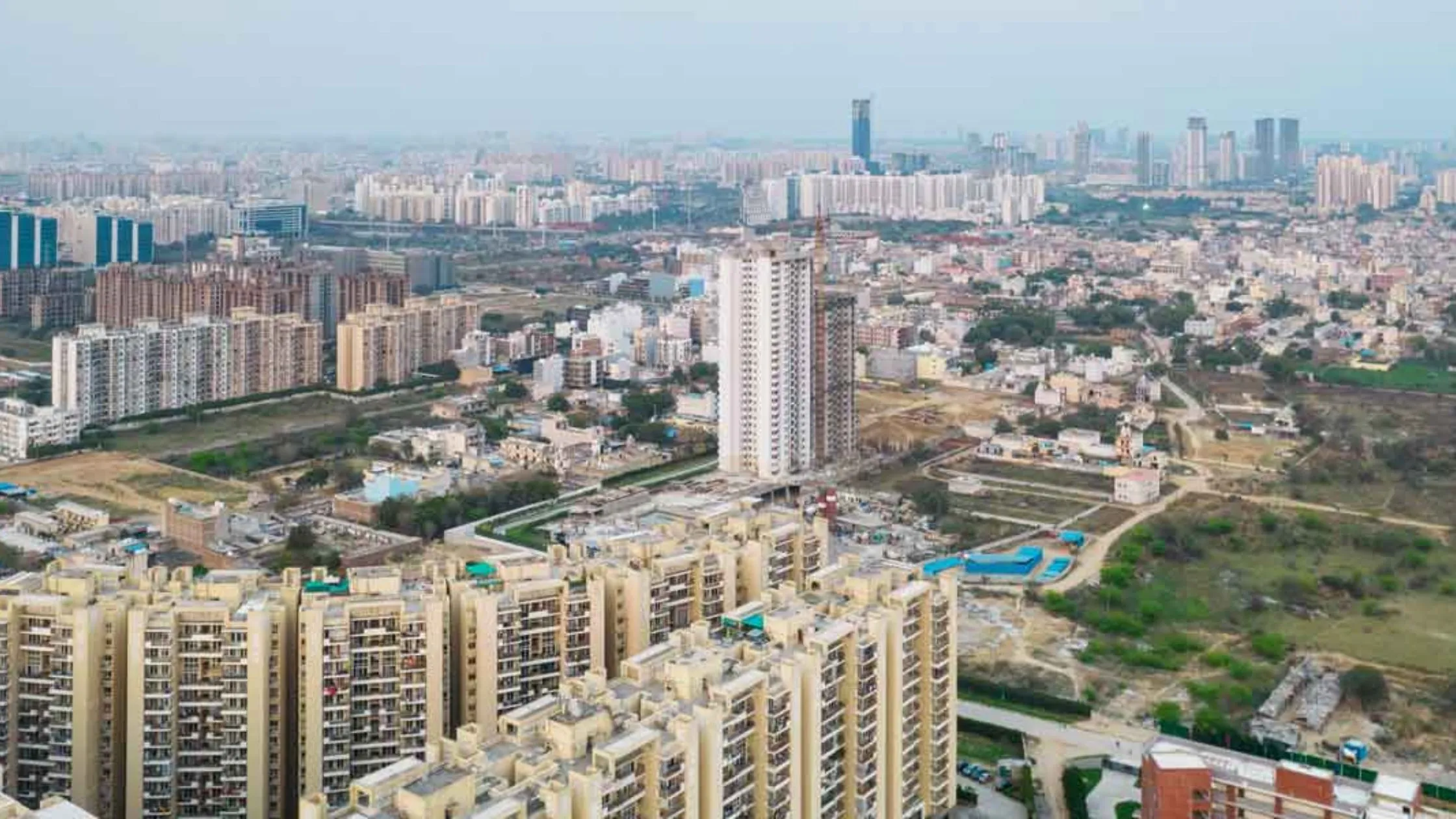



Ans 1. Pir Panjal Railway TunnelPir Panjal Railway Tunnel, Jammu and Kashmir (Longest Railway Tunnel) Source Running across the heart of the Himalayan ranges in Jammu and Kashmir, the Pir Panjal Railway Tunnel, also called the T-80, is the longest transport tunnel in India.
Ans 2. Parsik Railway TunnelDetailed Solution. The correct answer is Parsik Railway Tunnel. Parsik tunnel is a railway tunnel which cuts across the Parsik Hill in Thane, Maharashtra, India. This tunnel lies on Mumbai-Kalyan main line.
Ans 3. The world's longest and deepest rail tunnel has officially opened in Switzerland, after almost two decades of construction work. The 57km (35-mile) twin-bore Gotthard base tunnel will provide a high-speed rail link under the Swiss Alps between northern and southern Europe.
Ans 4. 1. India's Longest Train Route: Kanyakumari- Dibrugarh. The Kanyakumari- Dibrugarh Vivek Superfast Express is a special train that travels all the way from Dibrugarh in Assam to Kanyakumari in Tamil Nadu. It is the longest train route in India, taking about 74 hours 35 minutes to cover a distance of 4,218.6 km.